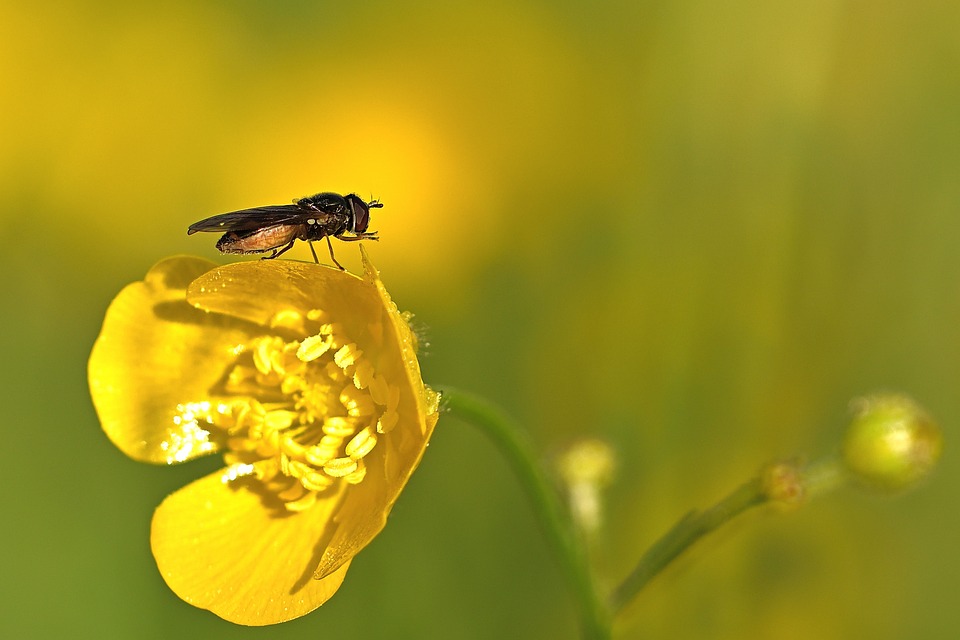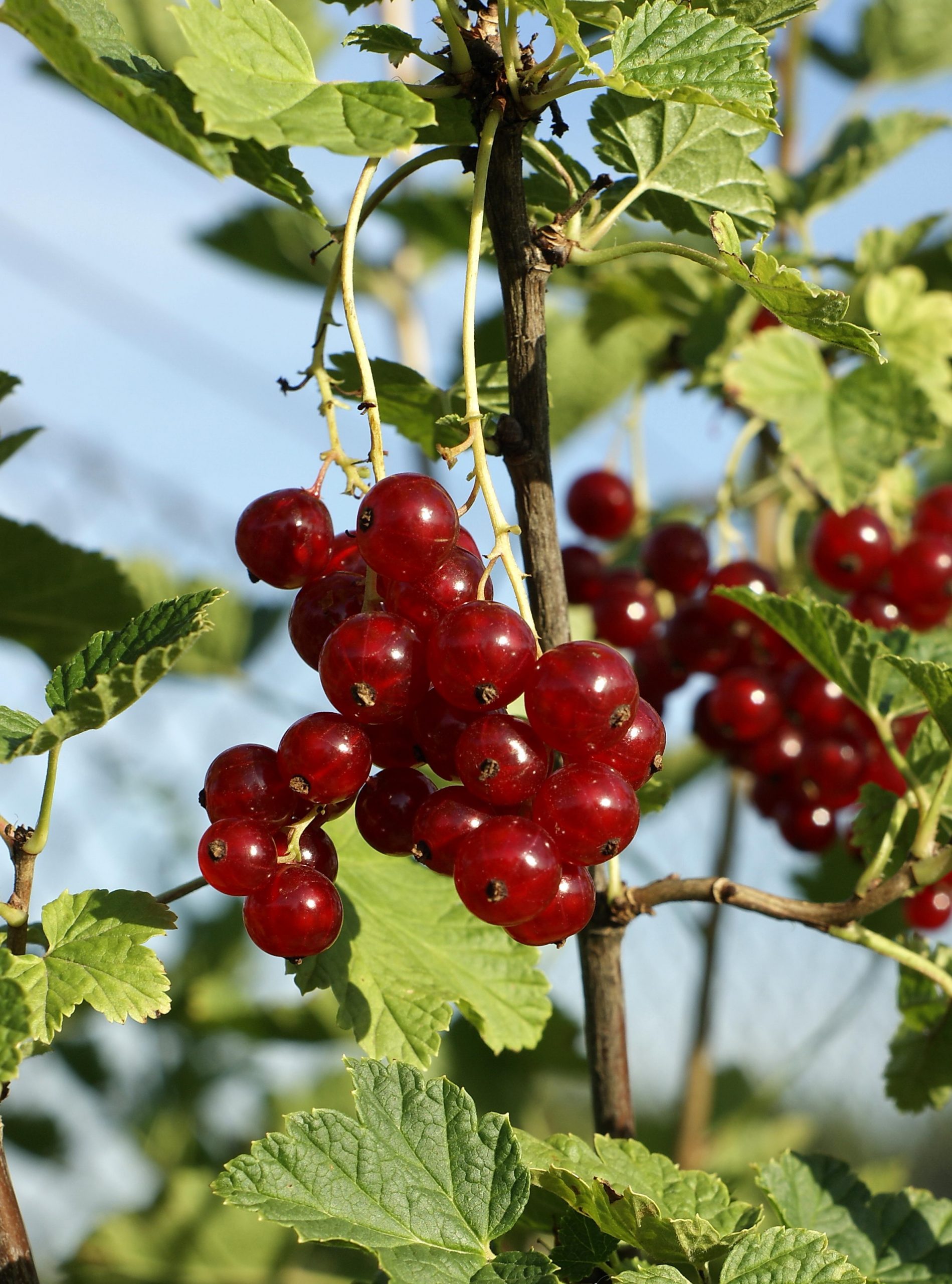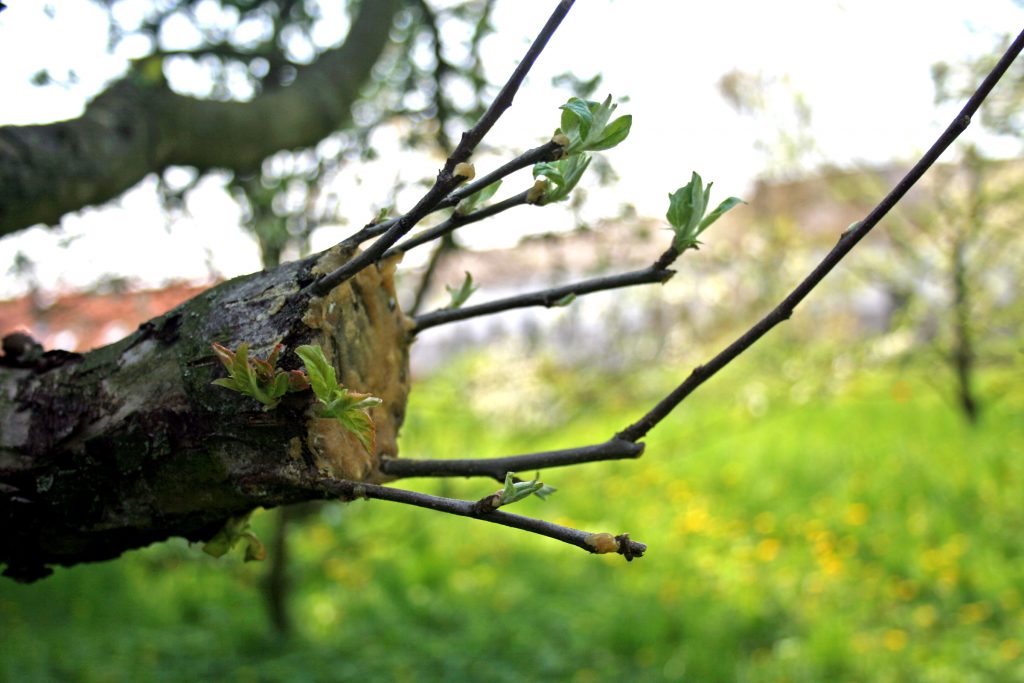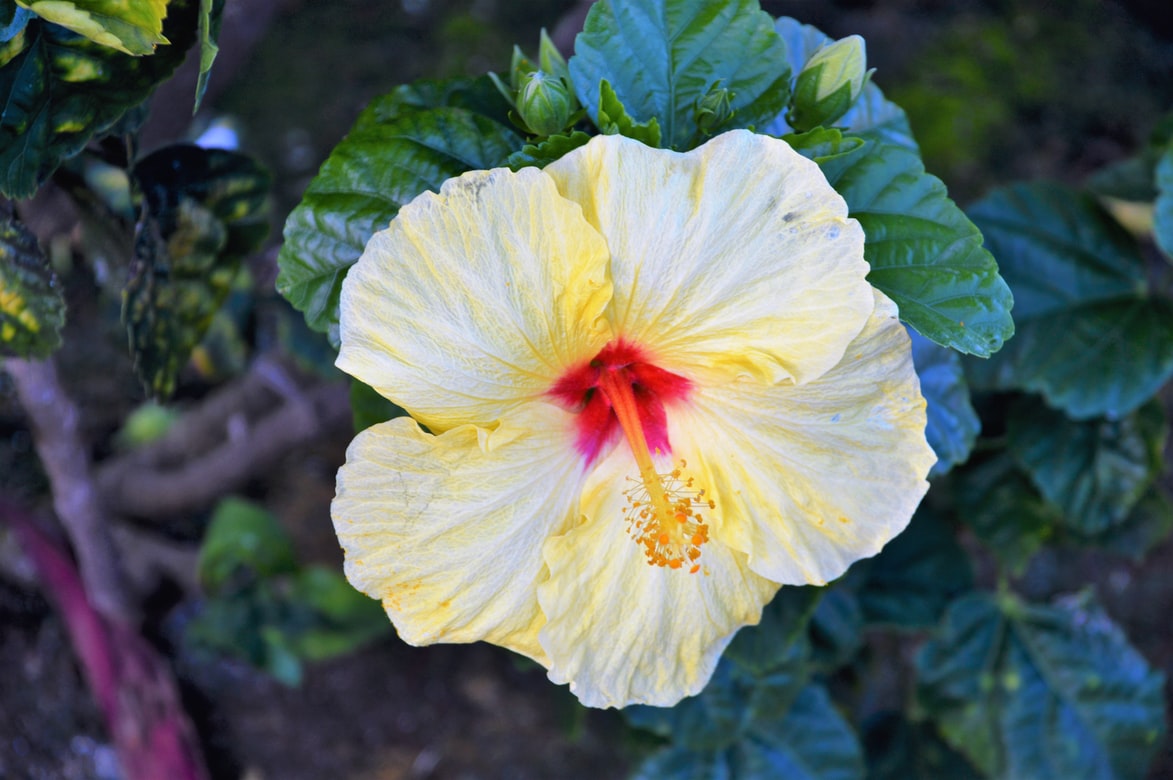If you have some plants in your house, you may have already noticed the “mourning fly”. It is a small black fly similar to a fruit fly. However, they fly near the houseplants, not around the fruit bowl. It is a very annoying fly, but luckily we have a solution to rid your home and plants of the fly.
What is a Mourning Fly?
It is often confused with the housefly. The difference lies in their color and the season in which they are active. The fruit fly is brown and the mourning fly is black. However, the color of these flies is obviously difficult to see because they are so small and fast. Therefore, it is also possible to recognize them by period. For example, the fruit fly is mainly active in the summer. If you see it outside of summer, it is probably a mourning fly.
Where Do Mourning Flies Come From?
Mourning flies are attracted mainly to moist soil and rotting roots. Females live only a day or two, but lay onaverage 200 (!) eggs at a time. The larvae prefer moist soil and frequent the area. The pest then spreads rapidly.
The Solution
Mourning flies in your plant? Here’s how to get rid of the pesky flies!
- Identify the infected plants. Then, place it somewhere else so that it will not infect other plants.
- Place a bowl of wine next to the infected plant to attract the flies. The flies will then drown in the drink.
- Place the infected plant in another pot with fresh (dry) soil. Be careful not to water immediately so as not to give the flies an opening to return.
The best thing to do is to avoid nesting on your precious plants. To that end, the following tips can help:
- Do not overwater your plants. Of course, you want your plants to grow, but little water is better than too much.
- Remove dead or fallen leaves as soon as possible. These are prone to rotting and can attract coccids.
- Place plants in pots with holes in the bottom. This way, excess water can be easily washed away, preventing root rot and, ultimately, the development of mourning flies.
Buy Nematodes
These microscopic insects are the natural enemies of mourning flies. When you pour them into the plant, they automatically eat the larvae. When there are no more larvae to eat, they die off again. Perfect!
Keep Plants Strong and Healthy
Additionally, the best protection is always healthy plants. Healthy plants are placed in the right spot, given enough water, not too much, and given additional plant food if needed. If mourning flies settle there, the plants will not face major problems and will recover quickly. Young plants and seedlings are usually not yet strong enough to resist the larvae attacking their new roots. So, always intervene as soon as possible!

Sand
Place sand (such as sand from a sandbox) on top of the soil. The sand blocks the air, and the larvae die. Also, they do not lay eggs in the sand, as the mourning fly cannot pass through to lay new eggs. Do not leave sand with the plant for more than two weeks; the roots may die from lack of oxygen.
Also, covering potted soil with cling film or other material will have the same effect as sand. Please note that this does not work for all plants, so be careful not to leave holes in the soil.
Cinnamon Against Mourning Flies
Cinnamon seems to repel mourning flies, with mixed results. You can sprinkle cinnamon powder on the potting soil or make an extract. To do this, boil 2 tablespoons of cinnamon in a liter of water and feed the water to the plant.
Let us know if these tips have helped you in the comments below!



